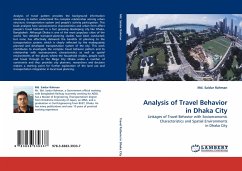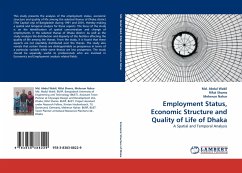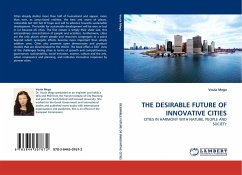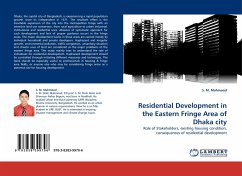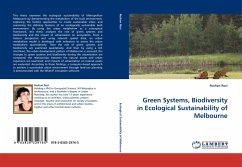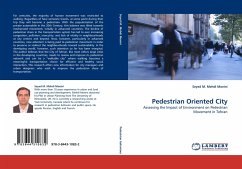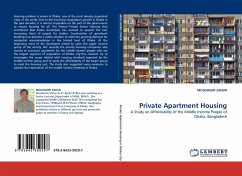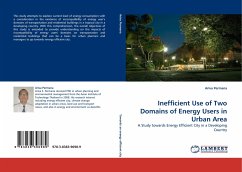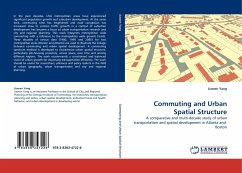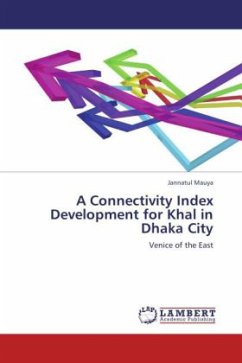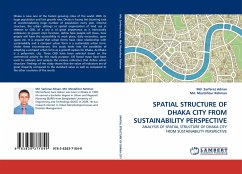
SPATIAL STRUCTURE OF DHAKA CITY FROM SUSTAINABILITY PERSPECTIVE
ANALYSIS OF SPATIAL STRUCTURE OF DHAKA CITY FROM SUSTAINABILITY PERSPECTIVE
Versandkostenfrei!
Versandfertig in 6-10 Tagen
39,99 €
inkl. MwSt.

PAYBACK Punkte
20 °P sammeln!
Dhaka is now one of the fastest growing cities of the world. With its huge population and fast growth rate, Dhaka is facing the daunting task of accommodating huge number of population every year. Internal structure, the urban settings or spatial organization of land use in relation to CBD, of a city is of great importance as it intrinsically endeavors to govern city's function, define how people will move, how people will have the accessibility to work place, daily necessities, open space etc. It is argued that urban forms have close relationship with sustainability and a compact urban form i...
Dhaka is now one of the fastest growing cities of the world. With its huge population and fast growth rate, Dhaka is facing the daunting task of accommodating huge number of population every year. Internal structure, the urban settings or spatial organization of land use in relation to CBD, of a city is of great importance as it intrinsically endeavors to govern city's function, define how people will move, how people will have the accessibility to work place, daily necessities, open space etc. It is argued that urban forms have close relationship with sustainability and a compact urban form is a sustainable urban form. Under these circumstances, this study looks into the possibility of adopting a compact urban form as a growth option for Dhaka. As Dhaka is a polycentric city. Three CBD have been selected based on the commercial activity for this study purpose. GIS based maps have been used to calibrate and analyze the various indicators that define urban structure. Findings of the study shows that the value of indicators are of great disparity compared to the standard value as well as compared to the other countries of the world.



